GLOBAL LOGISTICS
Whatsapp: +86 13510290734
Email: op@sz-junqing.com

The transatlantic route has overtaken the transpacific west-west route as the most lucrative trade route for shipping lines following the recent sharp drop in ocean freight rates. Liner companies are redeploying ships to the more lucrative route.
International freight forwarder A well-known consulting organization in the industry said recently that through data analysis, the revenue per nautical mile on the main east-west trade routes was calculated. Among them, the transatlantic route was far ahead and became the new "most profitable route".
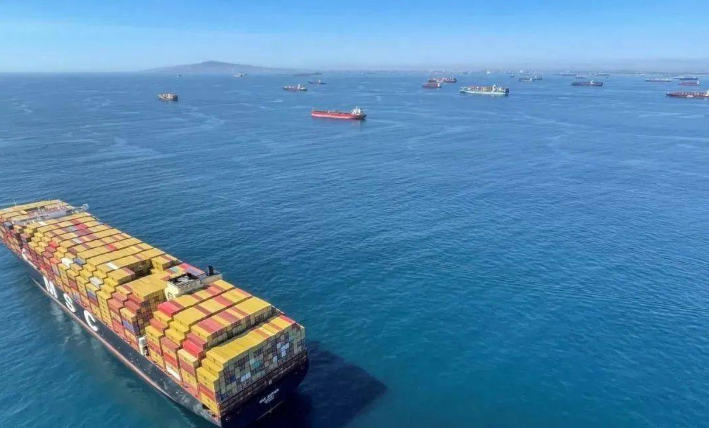
According to data from the Shanghai Stock Exchange, the SCFI index was 2312.65 points, down 249.47 points from last week, with a weekly decline of 9.7%, which has been falling for 14 consecutive weeks. A 50% drop from the same period last year. It fell back to lows not seen since late December 2020.
The spot freight rate from Shanghai to Los Angeles fell from $3,484 last week to $3,050/FEU, a weekly drop of $434, a 12.5% drop, and a 32% drop in just two weeks, equivalent to about $0.60 per nautical mile. Half of $1.26 per nautical mile through July. Asia-US East Coast and Asia-Nordic spot rates have seen similar declines, but to a lesser extent.
By comparison, the current average freight rate on the Rotterdam-New York westbound route is $7,525/FEU, which equates to about $2.18 per nautical mile, a difference that may have led carriers to redeploy larger ships to east-west container routes.
"This may explain why COSCO is replacing the 8063TEU "OOCL Shekou" with the larger 13092TEU container ship "Cosco Harmony" on the Ocean Alliance TAT2 route, although the Nordic-US east coast route also needs to Additional capacity to deal with the impact of port congestion."
The TAT2 route calls at Southampton, Antwerp, Rotterdam, Bremen, Le Havre, New York, Norfolk, Savannah, Charleston and other ports, deploying 5 container ships with a capacity of 8000-9500TEU. The deployment of the "Cosco Harmony" represents a change in capacity on the transatlantic route, and so far, ships of 12,000-14,000 TEU can only be used as additional capacity to solve the crisis of congestion. More capacity is expected to be added to the route in October.
Meanwhile, analysts at the international freight forwarder also warned that the deterioration in the transpacific terms of trade could hit independent carriers far more than alliance members, as they rely more on chartered vessels and spot freight rates.
“While average earnings of $0.60 per nautical mile are still high compared to pre-pandemic levels ($0.28 in January 2020), rapidly declining spot freight rates have a significant impact on new entrants to this route and in the charter market. A major problem for non-alliance carriers with expensive ships."
“These carriers are generally very reliant on the spot market. The main reason for the decline in spot freight rates is weaker demand for cargo. The alarming rise in energy costs and high inflation will obviously further impact consumer spending,” Alphaliner said.
International freight forwarder believes that in the current container shipping market environment, the freight rate of the US-Western route will continue to be under pressure. It also warned that the fall in freight rates on the trans-Pacific route could hit non-alliance liner companies far more than alliance members, because the former have a higher proportion of charter ships and are therefore more affected by spot rates.
In addition, a report released by HSBC Global Research a few days ago believes that after two years of unprecedented rise in the container shipping market, driven by excess capacity, freight rates are expected to bottom in the 2023-2024 downward cycle. The agency further predicts that in 2023-2024, the container shipping market will enter a downward cycle, profits are expected to drop by 80%, and the profitability of liner companies may bottom in 2024.
Door to Door Shipping from China to UAE
2025-02-25
Although Saudi Arabia has a small population, it has strong purchasing power and supports many Chinese cross-border e-commerce businesses such as jollychic, fordeal, funmart, etc. However, Saudi logistics is a very troublesome problem. This article will i
2022-07-07

More →

More →
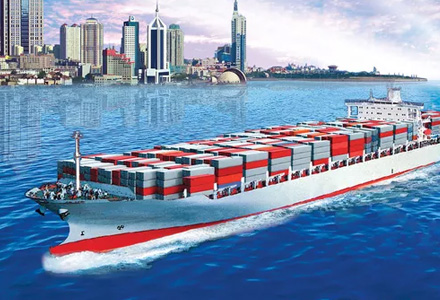
More →
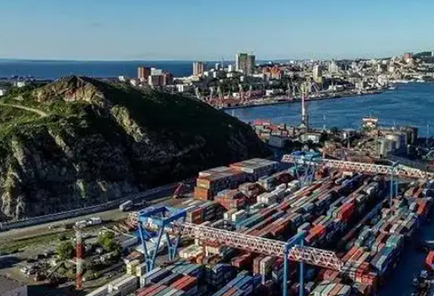
More →
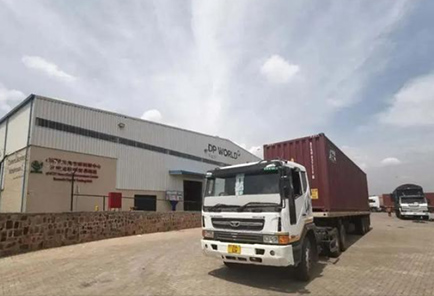
More →
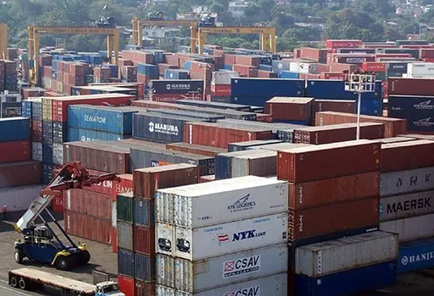
More →
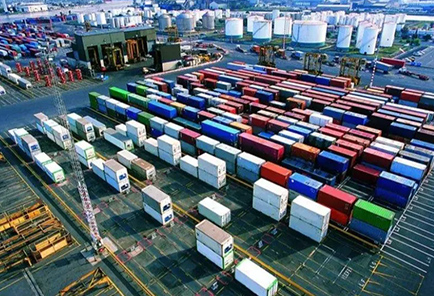
More →